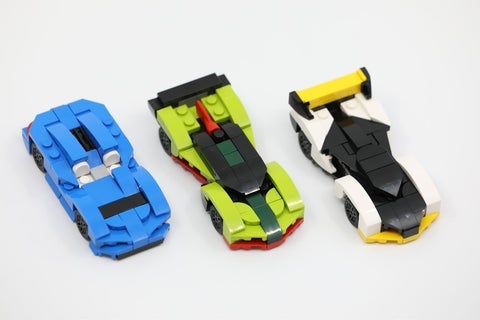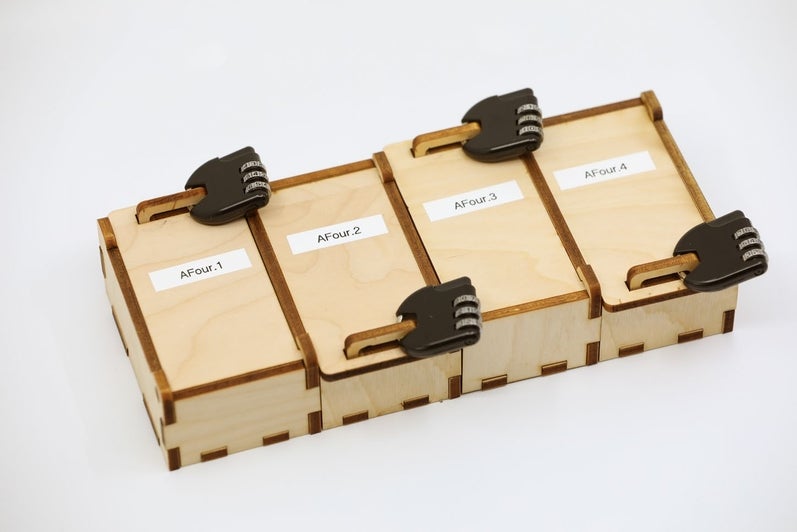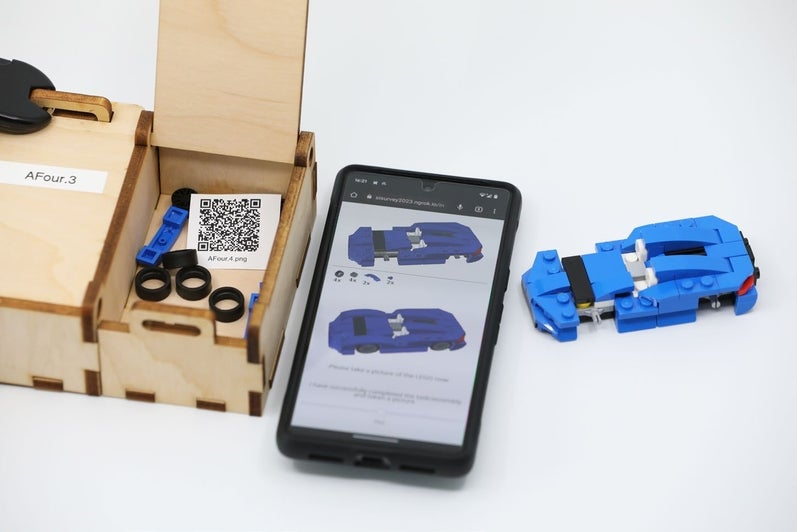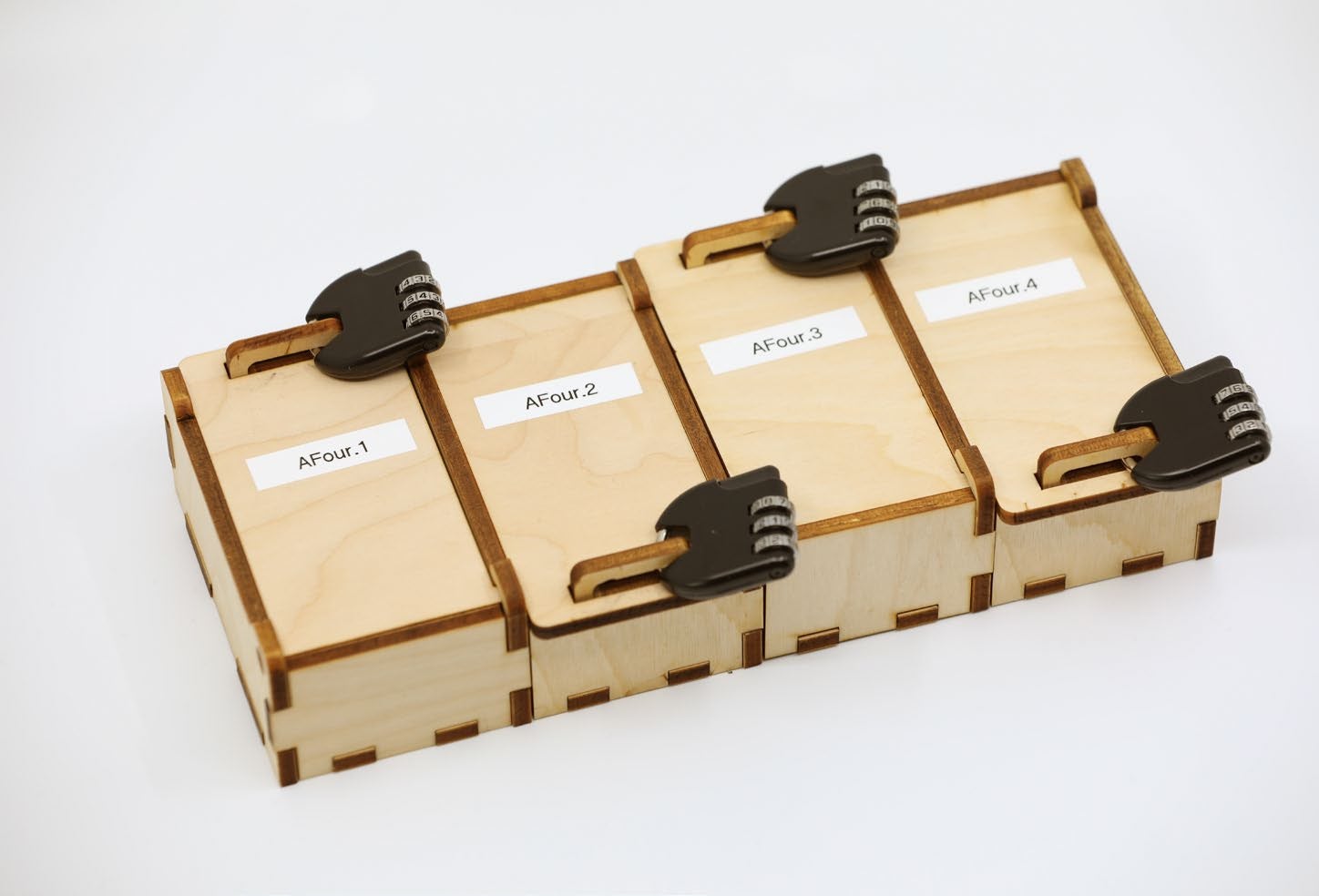PhD graduate Ludwig Wilhelm Wall (PhD ’24) and his supervisors, Professors Daniel Vogel and Oliver Schneider, have received a Best Paper Honourable Mention Award at the annual Conference on Human Factors in Computing Systems (CHI).
Launched by the Association for Computing Machinery (ACM), CHI is the leading conference in human-computer interaction (HCI) research and one of the top-ranked conferences in computer science. This year’s conference occurred in Yokohama, Japan, from April 26th to May 1st, 2025.

The team won a Best Paper Honourable Mention Award for their research on intermittent interactions at CHI 2025, one of the top-ranked computer science conferences.
“The span of this paper reaches across all my other PhD projects, and the paper acted as a capstone for my thesis, so I am doubly honoured to see it recognized with a Best Paper Honourable Mention Award at CHI,” notes Ludwig, who led the team for the study.
Their paper explored intermittent interaction in digital fabrication, particularly 3D printing. Intermittent interaction is a type of HCI interaction that occurs occasionally, rather than continuously, such as performing a brief task for an otherwise automated machine that the machine itself cannot perform. In personal fabrication, intermittent interactions refer to periodic user interactions during an ongoing fabrication process, with prolonged breaks in between these interactions. Typically, these breaks can last from ten minutes to several hours. Some examples of intermittent interactions include someone switching colours or replacing a filament spool for a 3D printer.
Unlike continuous or proactive interactions, where the user and the machine simultaneously work together, the intermittent interaction ends once either party fulfils the request. In essence, the machine and the human “take turns” performing a task for an overarching project.
However, HCI researchers have rarely considered the user’s experience with intermittent interaction in fabrication, where the physicality of the processes can lead to long durations and extended breaking periods. Do users dislike intermittent interaction? Do they find these interactions tiresome? Or might these interactions lead to benefits beyond completing the task?
These insights are important, especially for Ludwig and his team. Their proposed 3D printing systems, Scrappy and Substiports, incorporate frequent and complex intermittent interactions. With Scrappy, users can reduce print infill by inserting scrap objects, such as soda cans or action figures. Substiports can replace support material surrounding the print with household items like Lego structures and wood offcuts, which users must assemble and place at various points during a printing session.
To address this, the team conducted a user study in which 12 participants built Lego cars. Each participant took home four sets of locked boxes that contained Lego pieces and QR codes linked to instructions. The participant received text messages with lock codes for the boxes at controlled intervals over four hours. Then they followed the instructions to assemble the next part of the Lego model using a controlled set of steps.
The trio chose Lego because it requires similar motor skills as typical intermittent interaction systems for 3D printing, such as performing physical manipulations that requires dexterity and precision.

A photo of the completed cars, which were created in small steps at controlled intervals, spread over four hours
Questionnaires and interviews were conducted to assess how the different variations of assembly step complexity and interaction density affected the participants’ experience.
The study revealed that intermittent interactions are generally acceptable in creation tasks. Notably, the participants preferred more complex assembly steps that made them feel more engaged, which led to a strong sense of contribution.
“A participant described the method as more engaging, more active, and more accountable than a to-do list,” says Ludwig. “Multiple participants described the brief interactions as ‘cutting the ribbon’ or ‘putting the cherry on top’”.
The researchers also found that participants valued Lego cars requiring only partial assembly during intermittent interactions more highly than the sale value of the model itself — a phenomenon related to the IKEA effect, where consumers are biased towards objects they created or built, even if the quality does not match store-bought or pre-assembled items.
Altogether, these results suggest that incorporating this method is worthwhile for most lengthy automated processes, especially creation tasks. The team provides guidelines to help design and leverage intermittent interactions.
To read more about this research, please see the published paper, Intermittent Interaction in Digital Fabrication: User Perception of Periodic Intervention in Semi-Automated Creation Task.



